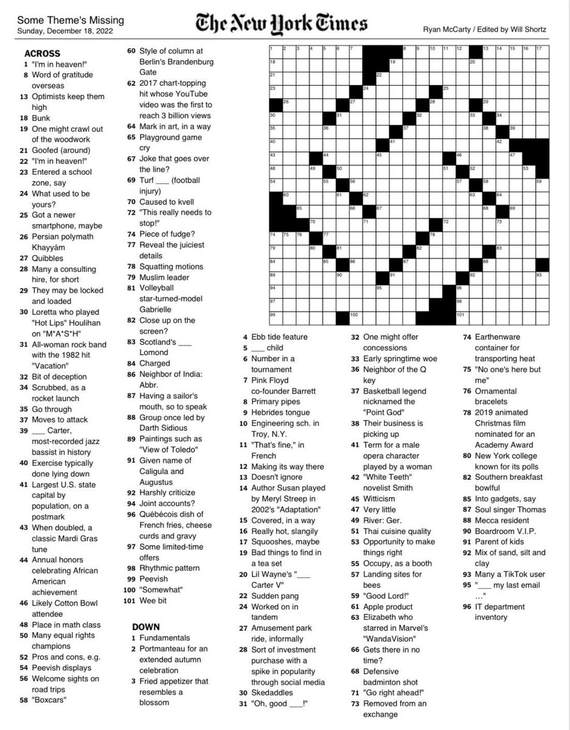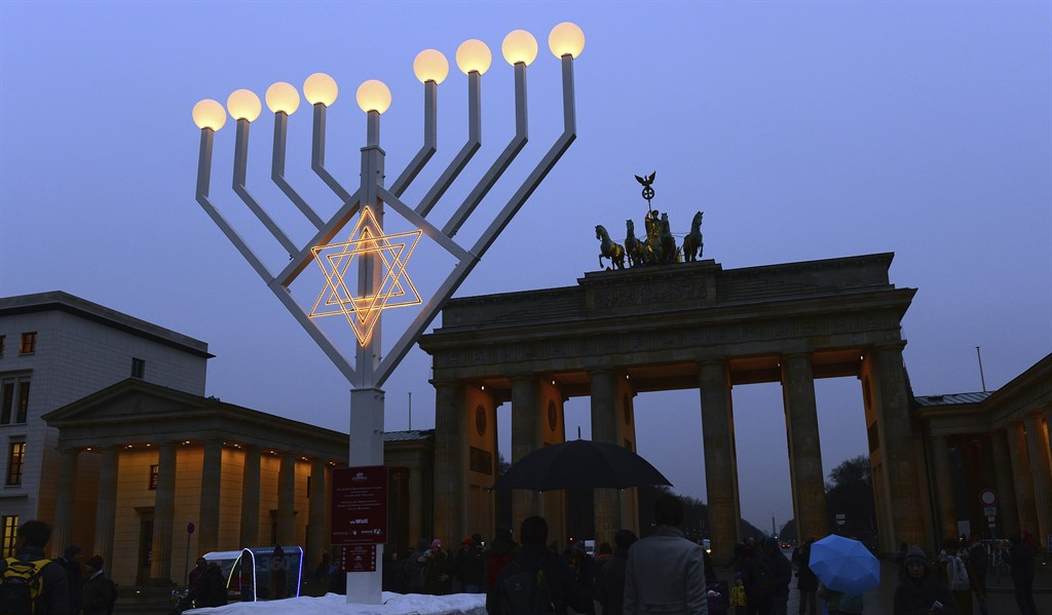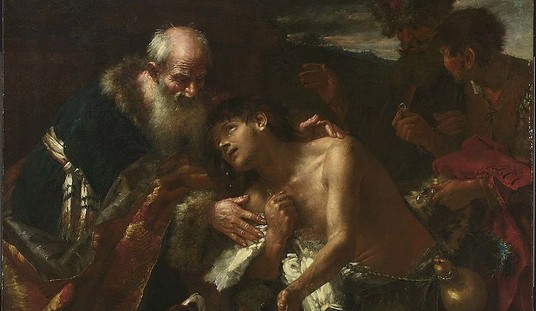After Elon Musk suspended a bunch of reporters and other notables for doxxing the location of his and his family’s whereabouts, including Ryan Mac of the New York Times, the backlash by legacy media, of which the Times remains an anchor store in the overall legacy media mall, crescendoed to full-throated pitch.
Headlines like ‘Musk Faces Growing Anger Over Twitter Ban of Journalists’, ‘Elon Musk, Management Guru?’, and my personal favorite, ‘Hate Speech’s Rise on Twitter Is Unprecedented, Researchers Find’, all have graced the pages of the Gray Lady in the last couple weeks. To sum up, the pith of the Times’ gist against Musk’s rein at Twitter is:
• He’s not censoring conservative voices enough.
• He’s doing to liberal voices what we in legacy media want him to do more of to conservatives.
• Any speech we in legacy media don’t agree with is hate speech. Therefore, since he’s not censoring it, what we deem to be hate speech is on the rise, our statistics show.
Yesterday was Sunday, and also the first day of Hanukkah. It was supposed to be a day of rest, and also the beginning of the celebration of the Festival of Lights. It’s not supposed to be a day of politics, per se. It definitely shouldn’t be a day of rising hate speech. I did my Wordle for the day. Barely got it, but kept the streak alive. Turned to the Spelling Bee for the day. Took a while, but eked out genius status, with a hint or two, to be honest. Then it was time for at least the courtesy look at the Sunday Crossword.

Excuse me, but what exactly am I looking at here? Some Theme’s Missing? Well, the only way that title is correct is if the theme we’re referring to here is editing. Who in their right mind says let’s make a grid in the shape of a swastika and put it in the Sunday Times on the first day of Hanukkah for our Jewish brainiacs?
XWordInfo.com has the notes behind the creators of this particular crossword. It’s D.C. data consultant Ryan McCarty’s first Sunday puzzle published by the Times. It was edited by Will Shortz, who has all the stats about how many words have appeared before, and how many haven’t. I think it’s fair to say he is truly missing the ‘big picture’ here.
Times crossword puzzle seasoned veteran Jeff Chen, who has had well over 100 of his submissions published, chimed in.
Visually stunning layout, sort of like a cross between a windmill and a hedge maze. All of the black square diagonals produce a mesmerizing sense of movement and grid flow.
Know what else was visually stunning, albeit in a horrific alternate reality sort of way? The first few scenes of The Man In The High Castle. I wouldn’t recommend binge watching it to kick off a Jewish holiday, though.
I’m sure this is just an innocent oversight. I have no doubt whatsoever that everyone involved poured over this repeatedly as the puzzle came to life and never saw the fact that there was a flippin’ swastika in between the blacked-out tiles. It’s just a fluke, right? Random occurrence of chance?
Back in January of 2019, Five Thirty-Eight blog’s Riddler section, a weekly brainteaser column by Oliver Roeder, asked the question I instantly had after seeing today’s puzzle – what are the odds? How many possible puzzle grid combinations could there be to offer up the ‘it’s just random chance’ excuse?
First, a couple of ground rules for crossword puzzles. They have to be symmetrical, meaning if you turn the puzzle upside down, the grid looks exactly the same. All the words included have to be involved in both an across and a down clue, and have to be at least three letters in length. And every square has to be interconnected, so that does limit the options…somewhat.
Roeder asked his math, code, and/or statistics nerds how many possible combinations there are in a puzzle that is 7 X 7, and then asked about a 15 X 15 puzzle, which is the size of a daily New York Times crossword. And for extra credit, he asked for a Sunday version, like the Fuhrer’s favorite shown above, which is 21 X 21. Roeder figured that would be easy enough for the computers to figure out, and he’d release the answers in future columns.
It turns out it wasn’t as easy as one would think. 7 X 7? Simple enough. Laurent Lessard drew them all out on his blog – all 397 of them. As you progress upward and outward, the possibilities explode. By the time you get to a 15 X 15 grid, again, much smaller than what we’re talking about above but a little over double the size of the 7 X 7 puzzle, you get a mind-numbing possibility of 404,139,015,237,875 different grids. That’s 404.1 trillion, by the way, or the equivalent of what John Kerry wants to suck out of the private sector to pay for his green energy agenda between now and 2100.
The problem with going up to a full 21 X 21 puzzle and calculating the odds of random chance? No one’s been able to pull that off, yet. The number is simply too big to calculate. The math geeks gave up. The odds of this puzzle looking the way it looks due to random chance is about the same odds of you winning every lottery on Earth, the Publisher’s Clearing House, both showcases on the Price Is Right, and all at precisely the same second you get struck by lightning. It strains credulity to say the puzzle happened by chance.
Back to XWordInfo.com for more stats, though. Under the section ‘Other puzzles with the same block patterns at this one’, it notes none found. No kidding. Not even in Germany.
Sorry for the brief diversion. We now return you to legacy media’s rantings about the rise in hate speech or something.







